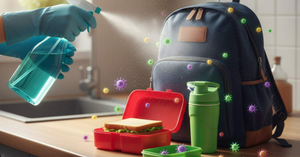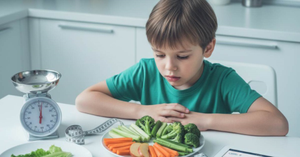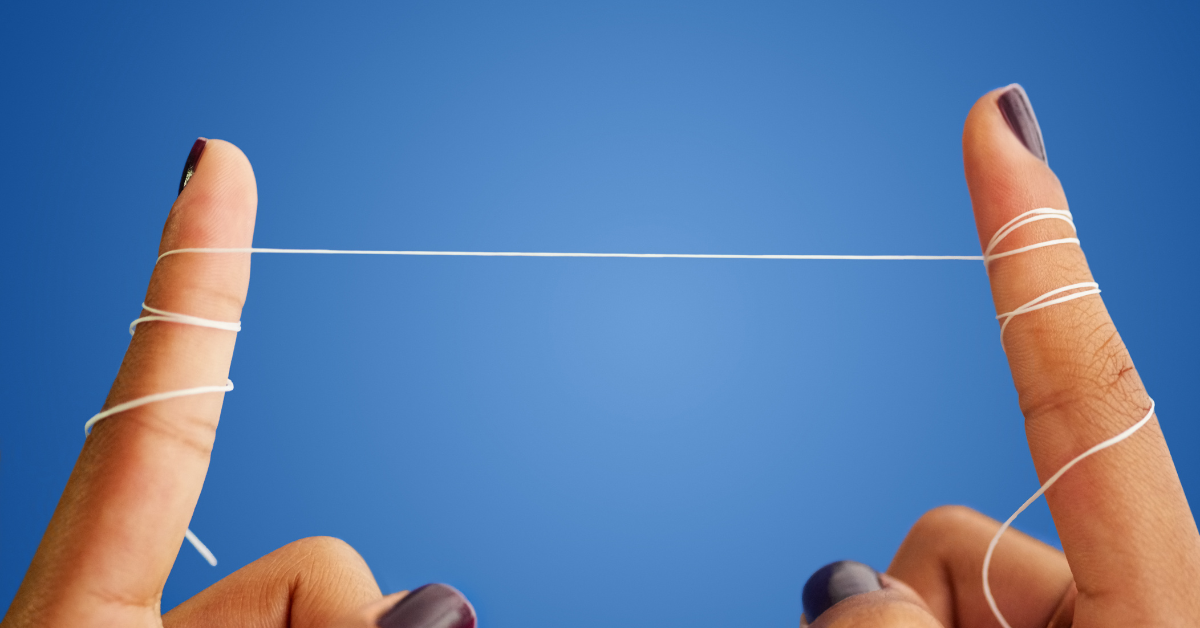The Salt Confusion in Modern Kitchens
In many Indian households today, pink Himalayan salt has replaced regular salt, often in the belief that it’s a “natural” and “healthier” choice. Meanwhile, iodised salt, once a government-promoted staple, is quietly being pushed aside.
But when it comes to children’s nutrition, is pink salt truly superior, or is it a nutritional myth wrapped in trend?
As a dental professional who sees children routinely, I’ve noticed how dietary shifts, like the switch to pink salt, can have long-term health consequences, some silent, some visible in the mouth itself.
Let’s break this down clearly and objectively.
What’s the Real Difference Between Pink Salt and Iodised Salt?
| Feature | Pink Himalayan Salt | Iodized Salt |
| Source | Mined from rock deposits in the Himalayas | Refined sea salt fortified with iodine |
| Color | Pink hue due to trace minerals like iron | White |
| Sodium content | Slightly lower than regular salt | Higher sodium concentration per gram |
| Iodine content | None, unless artificially added | Fortified with 15–30 ppm of iodine |
| Health claim | Contains “84 trace minerals” | Provides essential iodine for growth |
The Iodine Advantage: What Pink Salt Lacks
Iodine is not optional for children; it’s vital for:
- Thyroid function
- Brain development
- Cognitive performance
- Metabolism and energy regulation
The Indian subcontinent, especially northern and central areas, has historically had iodine-deficient soil. That’s why universal salt iodisation was introduced decades ago, dramatically reducing the incidence of:
- Goiter
- Developmental delays
- Poor school performance due to subclinical hypothyroidism
Pink salt, despite its “natural” appeal, does not contain iodine in meaningful amounts.
“In children, even mild iodine deficiency can lead to slower growth, speech delay, and poor classroom concentration. Iodised salt is a preventive tool, not just a seasoning.”
— Anonymous Pediatric Dental Consultant
But What About the Trace Minerals in Pink Salt?
Manufacturers often promote pink salt as containing “84 minerals.” While that’s technically true, the actual quantities of these minerals (zinc, calcium, magnesium, etc.) are too low to make a nutritional difference, especially when used in pinches.
To match the iron in one serving of spinach, a child would need to eat several tablespoons of pink salt daily, which is not only impractical but also dangerous.
In fact, the biggest risk of pink salt in pediatric nutrition is the false sense of superiority it creates, leading parents to stop using iodised salt.
How Salt Affects Oral and General Health in Children
Whether pink or iodised, salt influences the mouth as well as the body:
- Excessive salt intake (from chips, packaged foods) causes dry mouth, increasing bacterial growth and cavity risk.
- Iodine deficiency weakens immunity, potentially worsening gum health and healing after dental procedures.
- Children who don’t get enough iodine may also experience fatigue and poor appetite, which indirectly contributes to fussy eating and poor oral hygiene.
From a dental perspective, I frequently treat children who show signs of dehydration, enamel demineralisation, and nutrient-deficient gums, especially in families with trendy but unbalanced food choices.
Common Parental Myths Debunked
Myth 1: Pink salt is more “natural” and chemical-free.
Yes, it’s less processed but so is rock salt or sendha namak. However, being natural doesn’t replace the need for iodine.
Myth 2: We eat enough iodine from vegetables and milk.
Not true in most parts of India. The iodine content in vegetables varies by soil, and boiling milk reduces iodine levels. Salt remains the most consistent and reliable source.
Myth 3: Kids don’t need much salt, so pink salt is enough.
It’s not about quantity but quality. Even small salt intakes must meet iodine needs.
What Should Parents Do?
Instead of choosing between pink and iodised salt, combine them wisely:
- Use iodized salt for cooking daily meals; dals, vegetables, rice, dough
- If desired, sprinkle pink salt on salads or use for flavor occasionally
- Ensure your salt packet clearly says “iodized”; some pink salt products are now artificially iodized, but many are not
- For kids under 5, completely avoid salt substitutions unless medically advised
Daily Salt Needs for Children (From a Dental + Nutritional Perspective)
| Age Group | Sodium Limit (per day) | Best Salt Practice |
| 1–3 yrs | <1 gram | Light iodised salt in home-cooked meals only |
| 4–6 yrs | ~1.2 grams | Avoid salty snacks; use iodised salt in all food |
| 7–10 yrs | ~2 grams | Teach label reading; reduce processed salt intake |
| Teens | ~2.3 grams | Balance iodised cooking salt with occasional pink salt for taste |
Too much salt, no matter the kind, can cause oral dehydration, increased sugar cravings, and long-term taste distortion. Many children start to avoid less-salty fruits or veggies, gravitating toward heavily seasoned snacks instead.
Final Word: Don’t Let Trends Outweigh Truth
“Salt isn’t just a flavour, it’s a functional nutrient. Pink salt may look elegant, but for growing children, nothing replaces the security of iodine. Balanced use matters more than marketing.”
In pediatric nutrition, the goal is not to impress with ingredients, but to protect with science. Pink salt can have a place on your kitchen shelf, but iodised salt belongs in the cooking pot. Choose wisely. Because when it comes to developing brains and growing bones, every pinch counts.








Be the first one to comment on this story.